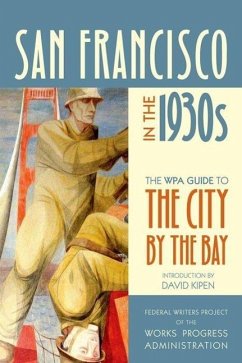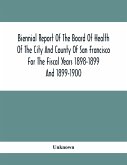"San Francisco has no single landmark by which the world may identify it," according to "San Francisco in the 1930s," originally published in 1940. This would surely come as a surprise to the millions who know and love the Golden Gate Bridge or recognize the Transamerica Building's pyramid. This invaluable Depression-era guide to San Francisco relates the city's history from the vantage point of the 1930s, describing its culture and highlighting the important tourist attractions of the time. David Kipen's lively introduction revisits the city's literary heritage--from Bret Harte to Kenneth Rexroth, Jade Snow Wong, and Allen Ginsberg--as well as its most famous landmarks and historic buildings. This rich and evocative volume, resonant with portraits of neighborhoods and districts, allows us a unique opportunity to travel back in time and savor the City by the Bay as it used to be.








